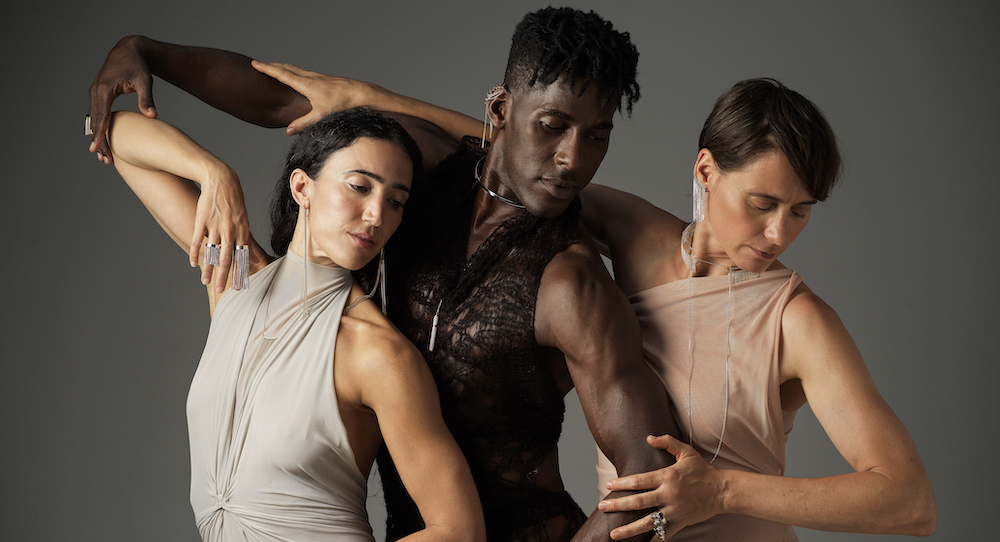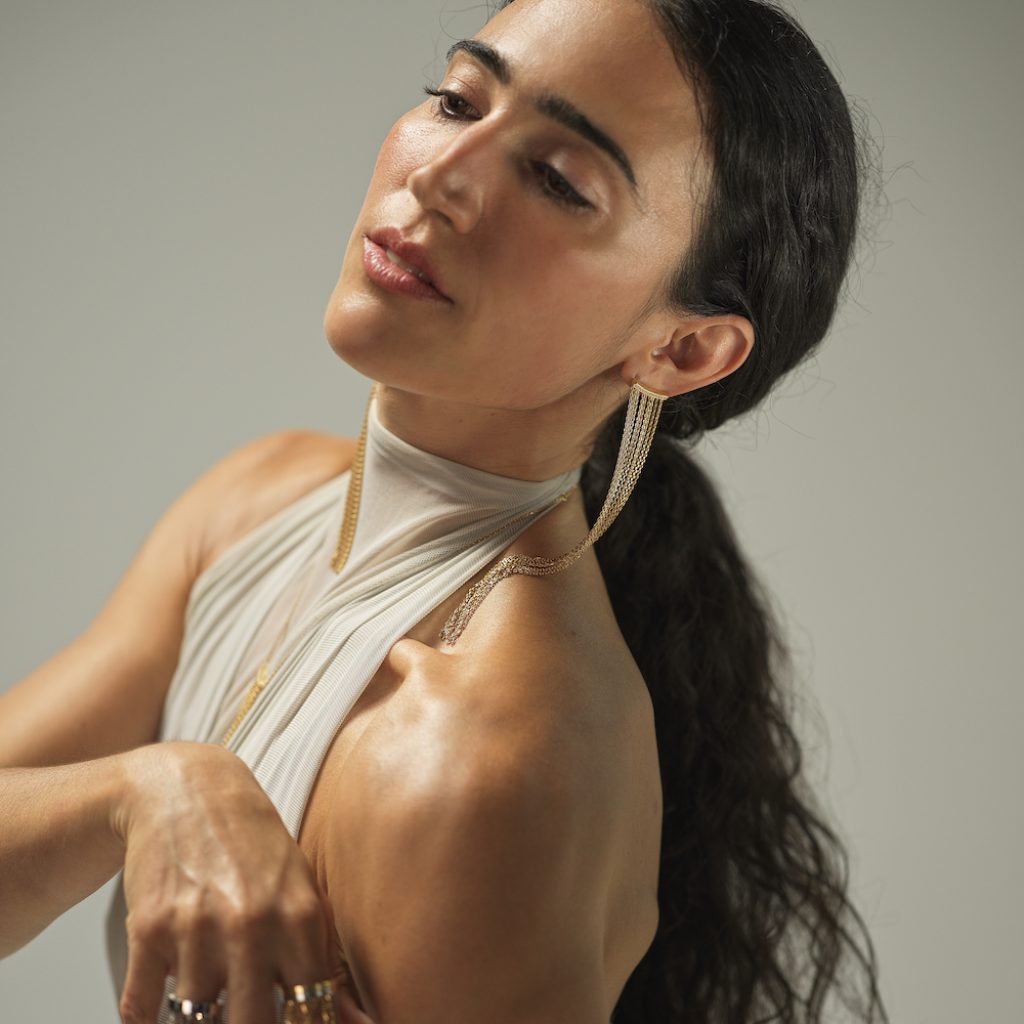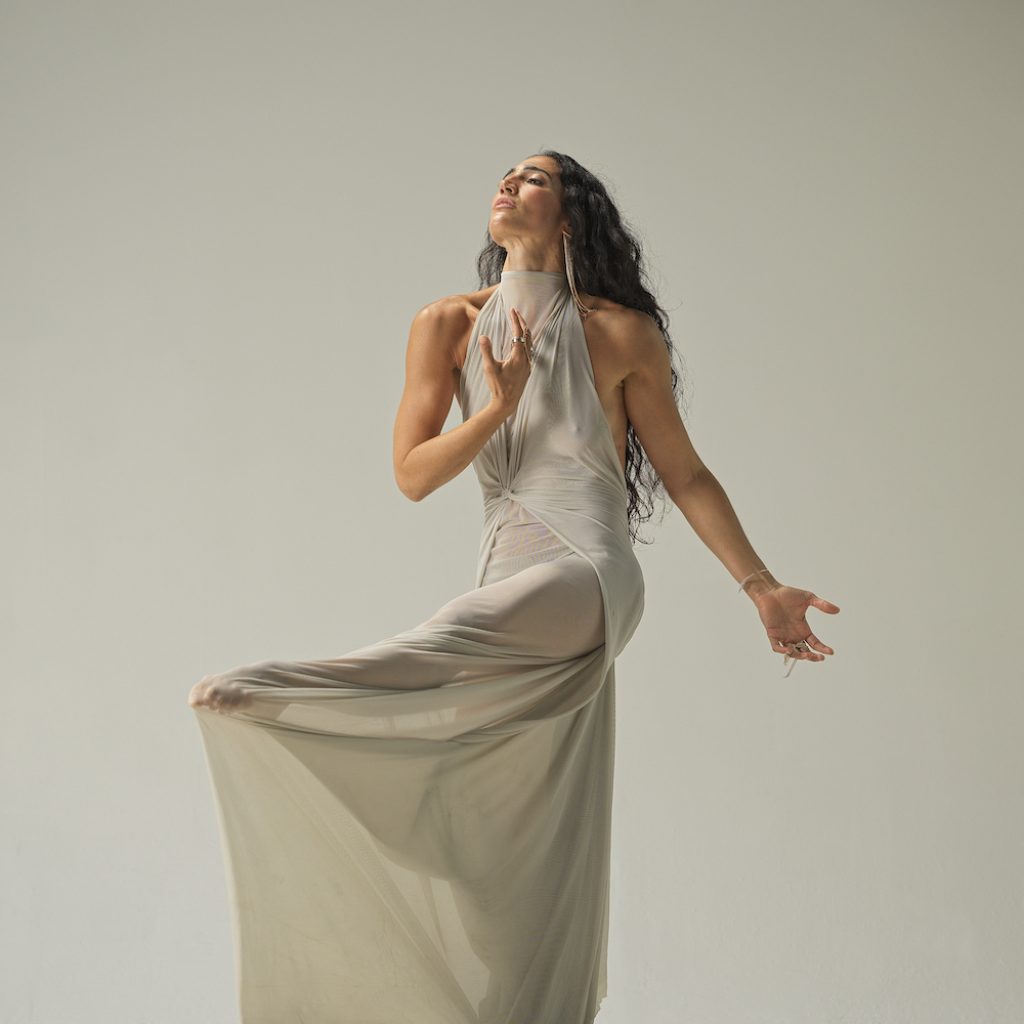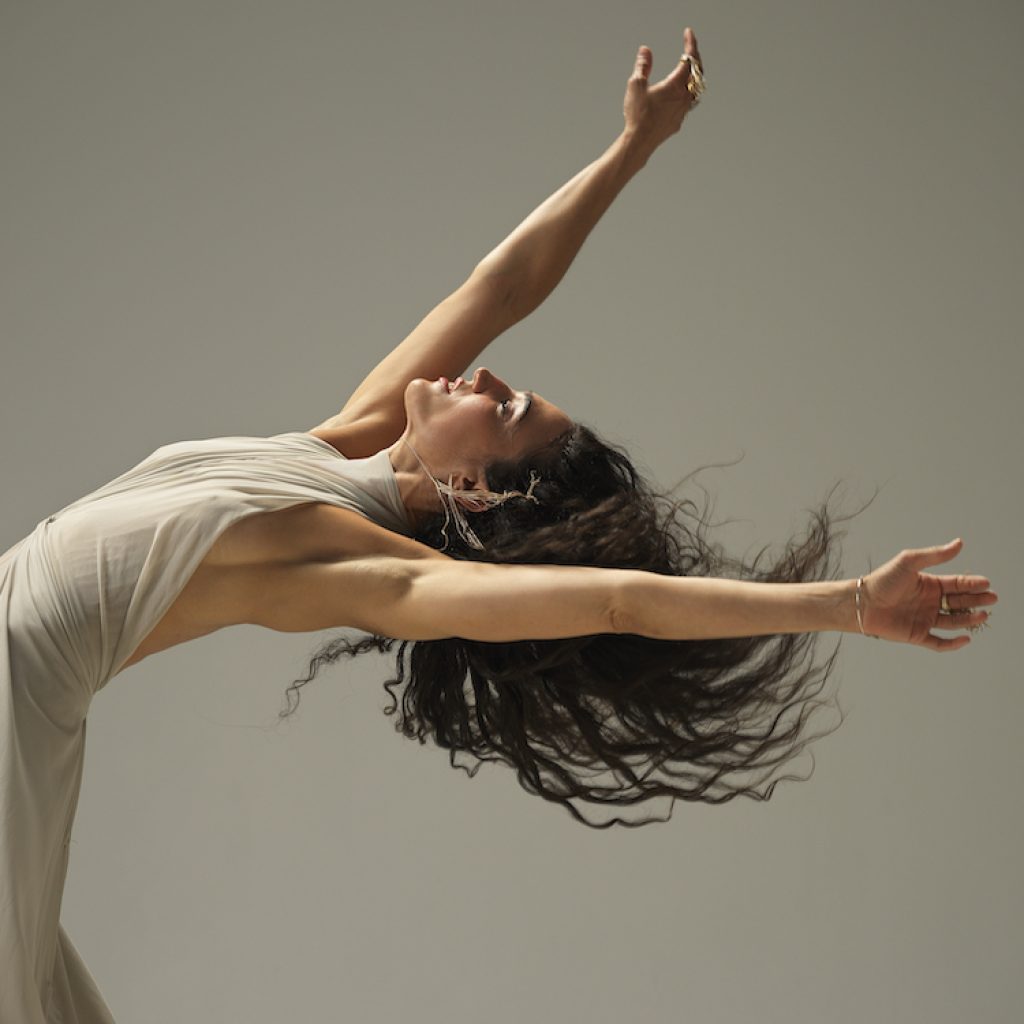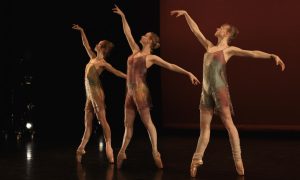For many dancers, venturing into other art forms is part of a dance career – whether it’s due to artistic curiosity or financial need, dance artists tend to be multi-faceted, using their skills from the dance world to explore other genres of art. Modeling is a natural such progression, as it’s also a visual medium to which dancers bring so many skills and qualities to the table. In fact, Anna Pavlova endorsed Ponds Vanishing Cream by providing her image for use in 1914.
Since then, many major brands have called upon dancers to help market their products. Conversely, many brands that use the dance atheistic to sell products often use non-dancer models in their campaigns.
When brands create print or video advertising using real dancers, however, the impact is significant. Recently, Ukrainian jewelry brand Guzema hired NYC-based dancers to help weave together the story behind its new collection, Hidden Beauty, with still and video images. Guzema states the idea of the collection is to “remind us that true elegance emanates from the depths of the soul.” In that sense, the brand sought to tell a story of how each particular human has their own unique beauty within.
Marla Phelan, one of the dancers featured in the campaign, talks about her process to bring that concept to camera. “When I find that a brand really does want dancers, it’s because they want movement. They want the garments or the pieces to be alive. I tend to look at what’s the story behind the brand or behind the collection, much like I do when approaching a character in a piece of theater. Is the brand elegant? Is it romantic? Is it stoic? Is it angsty? How can I embody that, be a persona in that campaign and live inside this fantasy? In fashion, they tend to talk about campaigns as the story. It might not be a narrative, but there’s a feeling they’re trying to find. I can tap into what the feeling is, and a lot of times, the garments themselves will tell you what its personality is.”
Dance is a universal language, and the idea of aspirational storytelling through movement makes sense as a marketing directive. However, often brands use the idea of dance and hire non-dancer models to dress in dance attire and act like dancers. In those cases, the results tend to miss the powerful nuance that using real dancers bring to any campaign.
The hugely popular Instagram comedy account @modelsdoingballet started as a joke to share among friends and family and has grown to a remarkable 96.3K following – compiling the myriad ads that do not hire real dancers, with hilarious results to those who do understand dance makes the difference.
The founders share, “We knew the deeper comedic meaning and understanding behind our captions and comments had weight because there’s truth in comedy, but we were not expecting the account to become what it is today! We’ll never forget the day professional dancers began following us and commenting. It’s so cool to see online discussions now about hiring dancers, and respecting the beauty, technique and athleticism of ballet. It definitely struck a much needed nerve!”
Dancers spend much of their professional life in front of a mirror, self-correcting lines and shapes to create the tone and feeling behind a story or movement task. When dancers do end up modeling, whether for a fashion campaign or their own creative outlets, Phelan recommends looking at the shots from time to time to get a sense of what the photographers see – as a way of unifying both skill sets to truly collaborate in service of the project.
She says, “It’s really useful to say, ‘Hey, can I see what you’re capturing and what the frame is?’ You can ask these questions to the photographer! That helps guide you, and you can also use the monitor as a mirror if you have one.”
Dancers bring so much to the camera, and when they are hired for brand campaigns, it opens up other sources of creativity and income. Recently, J.Crew released a capsule inspired by New York City Ballet and used actual dancers from the company in the photos. The collection sold out. Other brands that have used dancers in the past include Rag & Bone (Kyle Abraham), GAP (Lil’ Buck and Myles Yachts) and Under Armor (Misty Copeland). While they clearly exist to sell products, one could make the case that the results are also art.
As @modelsdoingballet says, “Just. Hire. Dancers.”
By Emily Sarkissian of Dance Informa.


